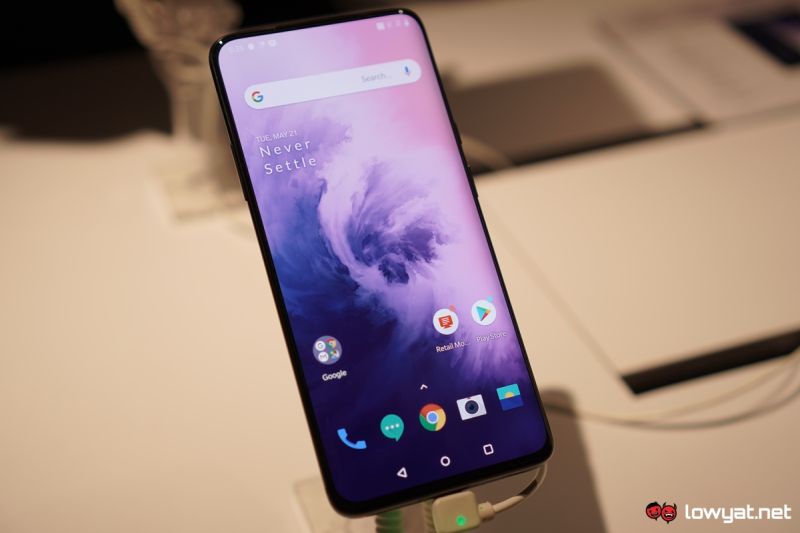OnePlus has often – if not consistently – been regarded as a brand that churns out smartphones packed with top-tier hardware and equally robust features. Since its inception, each iteration of the brand’s phones has always one-upped its predecessor, in more ways than one. In that regard, the OnePlus 7 Pro should, therefore, be no exception to the rule, and after briefly handling the phone during its local launch, it’s hard to disagree with the general consensus.
The differences between the OnePlus 7 Pro and its non-Pro sibling is immediately obvious. For starters, that 6.67-inch AMOLED display is notch-less which is – in my personal opinion – already a plus point for me. I like the whole motorised selfie camera function, even if OnePlus wasn’t the first brand to come up with the idea. More on that later.
Thanks to that, the OnePlus 7 Pro’s egde-to-edge and bezel-less display looks stunning, and genuinely gives one the impression that the display could go one for days. That last point primarily because of the curved edges of the phone, which also seem quite shiny.
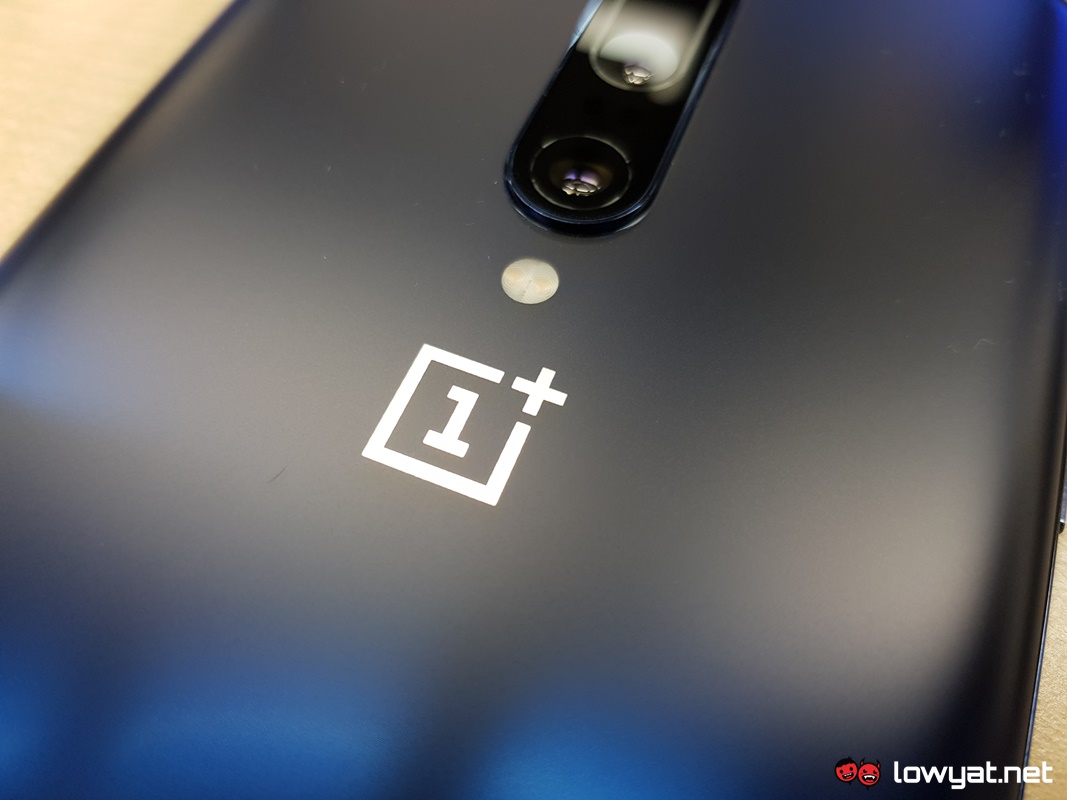
It’s doesn’t end with the physical design either. It’s a Quad HD+ resolution, complete with a fast in-display fingerprint scanner that OnePlus says will recognise in just 0.21 seconds. It’s also got a refresh rate of 90Hz, and I can honestly tell you that there is a visible difference. Scrolling through content on the internet is a smooth if not fluid experience.
On that note, now would be a good time to mention the overall user experience with the OnePlus 7 Pro. The user interface is breathtakingly fast; apps snap open at a blink of an eye, switching between windows is equally as instant, and security features such as the in-display fingerprint scanner is as blitzing as OnePlus says it is. Having said that about the latter; the fingerprint scanner is prone to smudging and can prevent proper recognition, so you’ll want to keep your fingers as clean as you can.
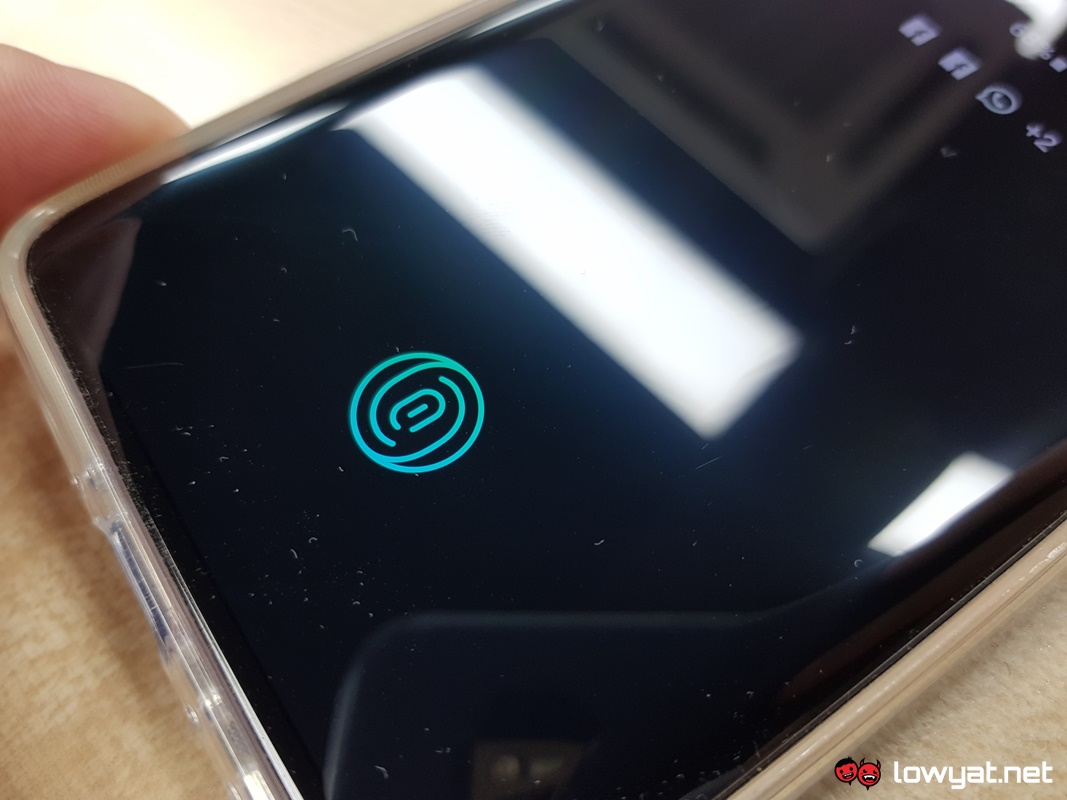
Then there’s the hardware that lies beneath the hood. Like all premium smartphones of 2019, the OnePlus 7 Pro runs Qualcomm’s Snapdragon 855 SoC, and a choice between 6GB, 8GB, and 12GB RAM. In keeping with the brand’s norm and storage tradition, there’s no room for expandable storage. Although, the phone does come with either 128GB or 256GB internal storage capacity, both of which are hefty amounts for the device.
The notification slider is also back with the OnePlus 7 Pro, but alas, it’s not customisable, and is limited to just three preset functions – Ring, Vibrate, and Silent.
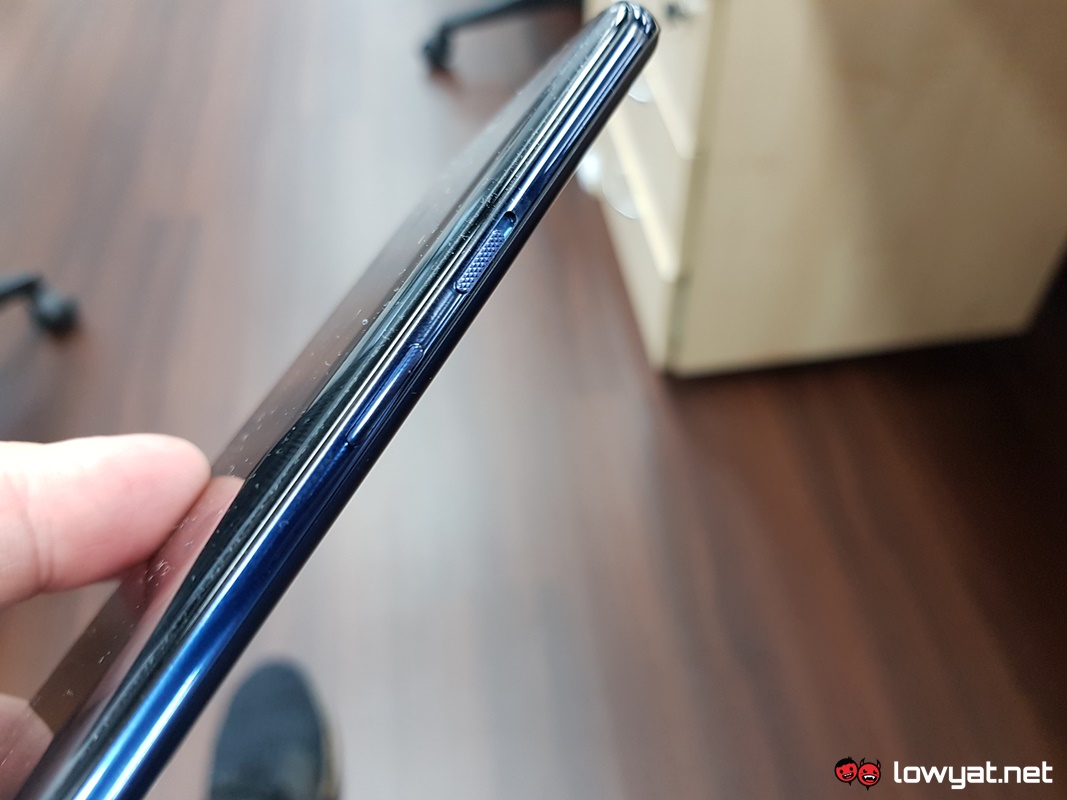
Physical connectivity is handled via the USB-C port at the base of the phone, and nothing else. Like the OnePlus 6T, I am slightly disappointed that OnePlus chose to drop 3.5mm headphone jack from the OnePlus 7 Pro.
Considering the kind of audio-enhancing technology the phone is packing, I honestly don’t think it would have hurt OnePlus to reinstate the headphone jack.
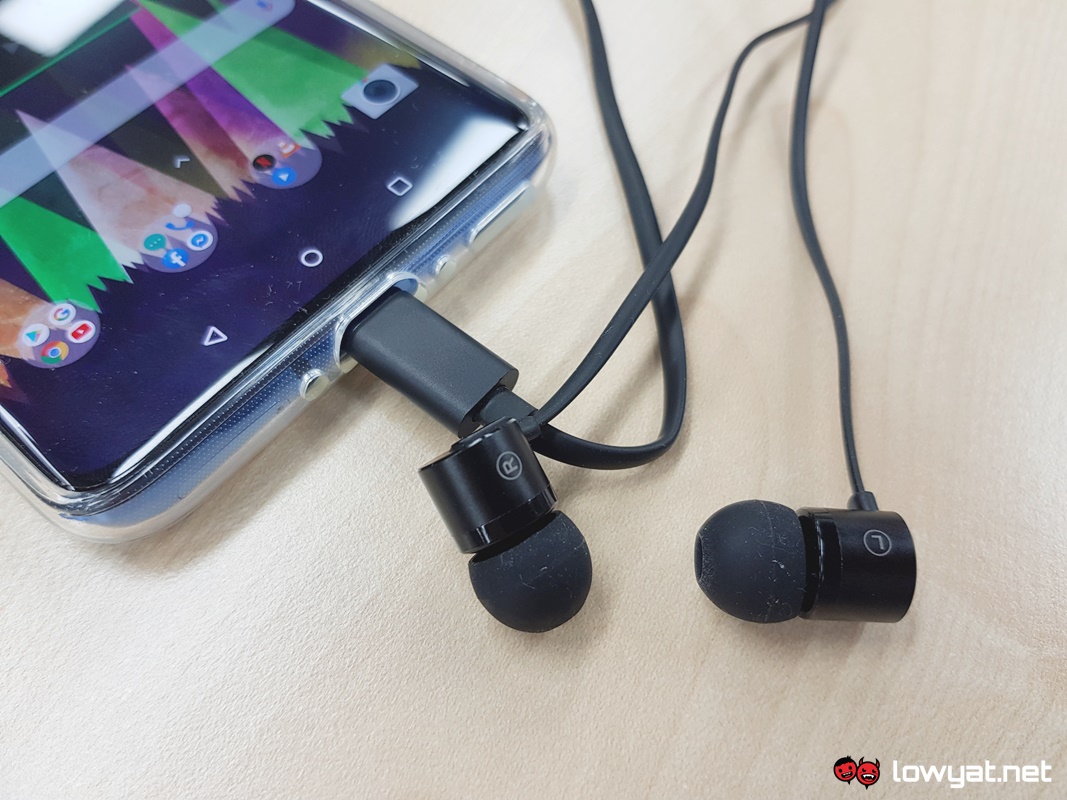
In regards to the audio, the new Dolby Atmos mode on the OnePlus 7 Pro actually does bring in another level of immersion, although I personally think that the audio feature is more prominent when heard through earphones.
Of course, no one is without its own set of flaws, and the OnePlus 7 Pro is no exception. For all its premium features and fluidity, the phone is heavy. At 206g, the phone weighs as much as a standard pre-cooked steak, and it’s mainly due to all the components that make up the phone’s camera components.
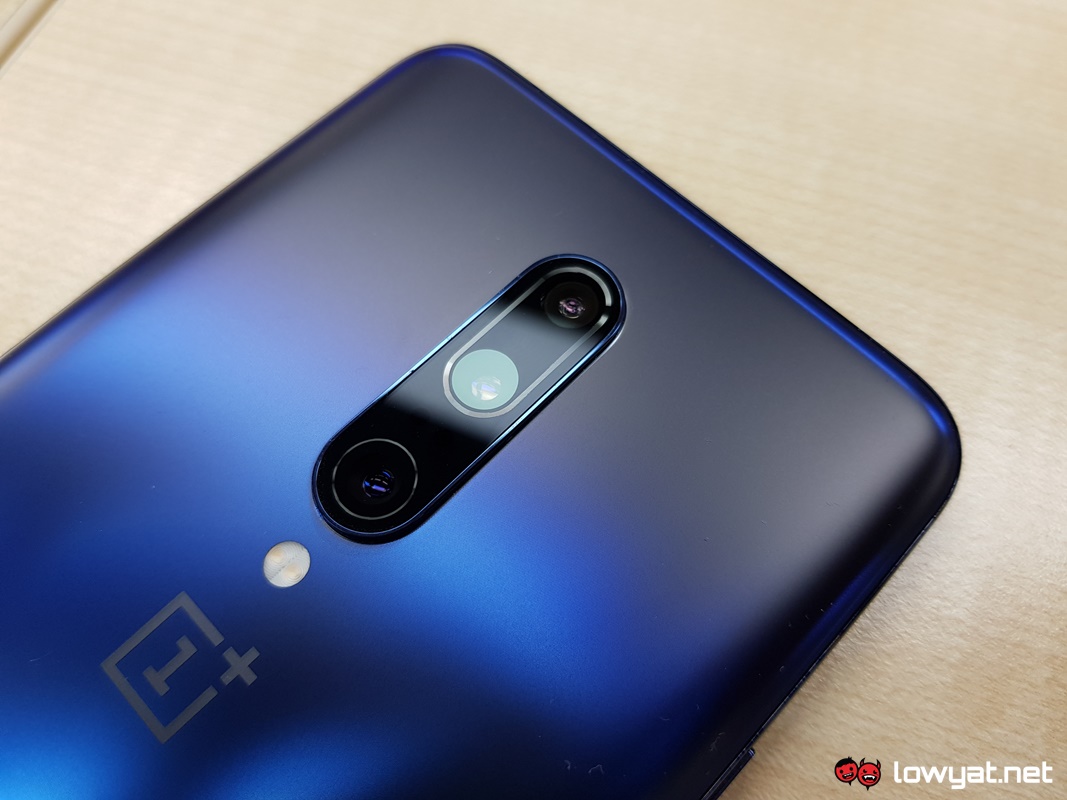
That leads us nicely into the main attraction of the OnePlus 7 Pro; its main triple camera and motorised pop-up selfie camera. To recap, the main camera comprises a 48MP main sensor, a 16MP ultra-wide sensor, and an 8MP telephoto lens.
Using the camera is easy, and photographs capture through are extremely detailed and clear. That same level of detail retention carries forward with in low-light situations as well, and that’s before switching to the phone’s Nightscape mode.
The motorised selfie camera is no slouch either. At 32MP, the front-facing camera is capable capturing equally detailed pictures of my face, blemishes and all. I also like the built-in failsafe that forces the camera to retract when it detects the phone going into a “freefall”. It’s a nifty feature to have, especially if you happen to be an individual that’s constantly fumbling with your device.
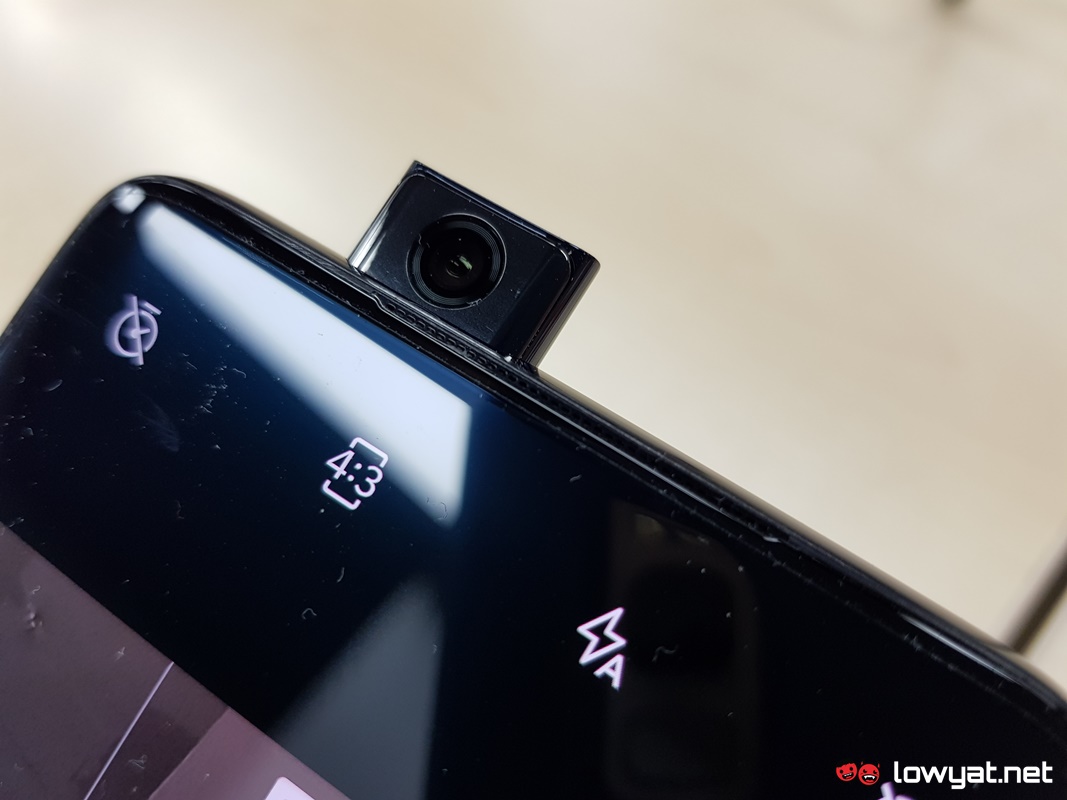
While I would like to say that the OnePlus 7 Pro is shaping up to be one of the best phones its parent company has made, there’s also no denying that the device is also one of the most expensive to date.
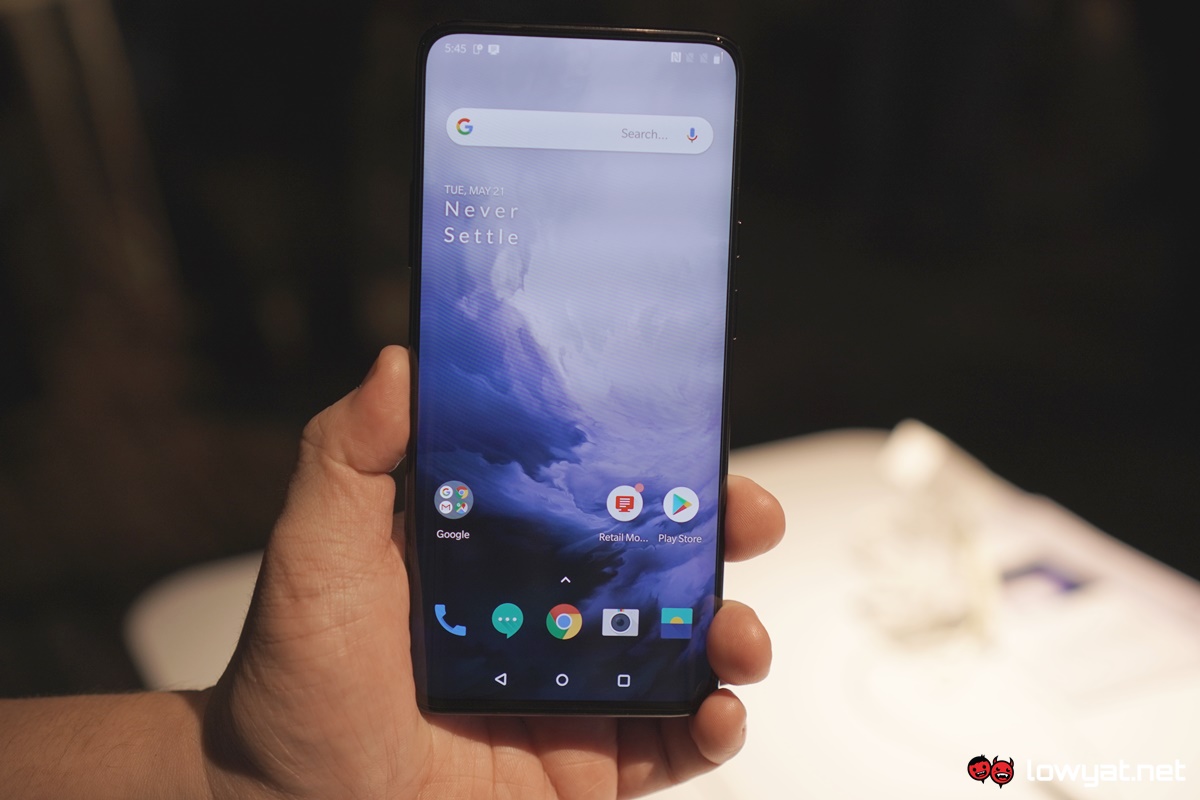
It’s a bit of an irony, especially when you remember that OnePlus is often regarded as a brand that creates high-end smartphones at aggressively competitive price points. In any case, we’re still not done with the phone, so look forward to a full review.
Follow us on Instagram, Facebook, Twitter or Telegram for more updates and breaking news.

